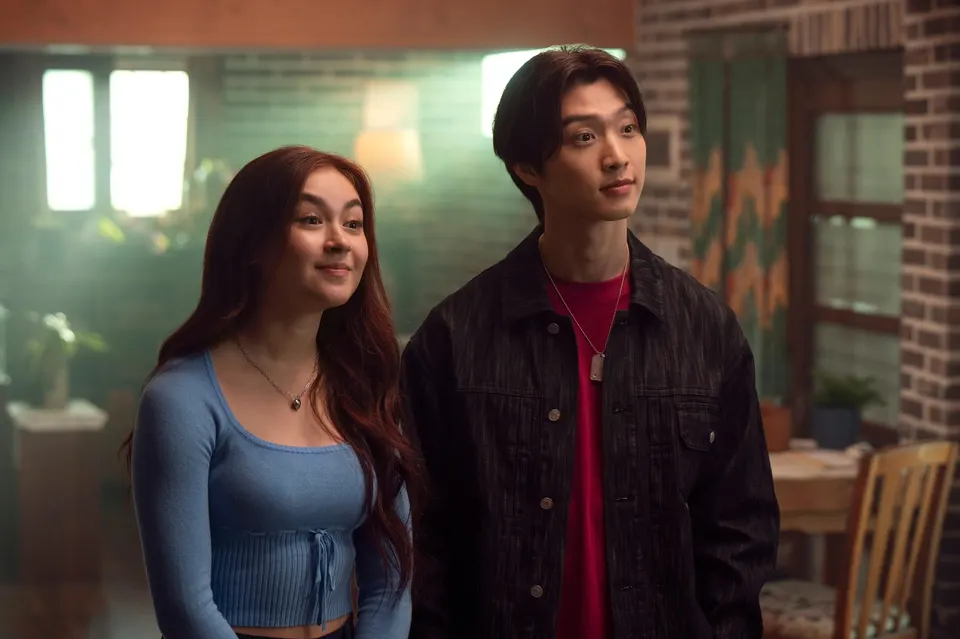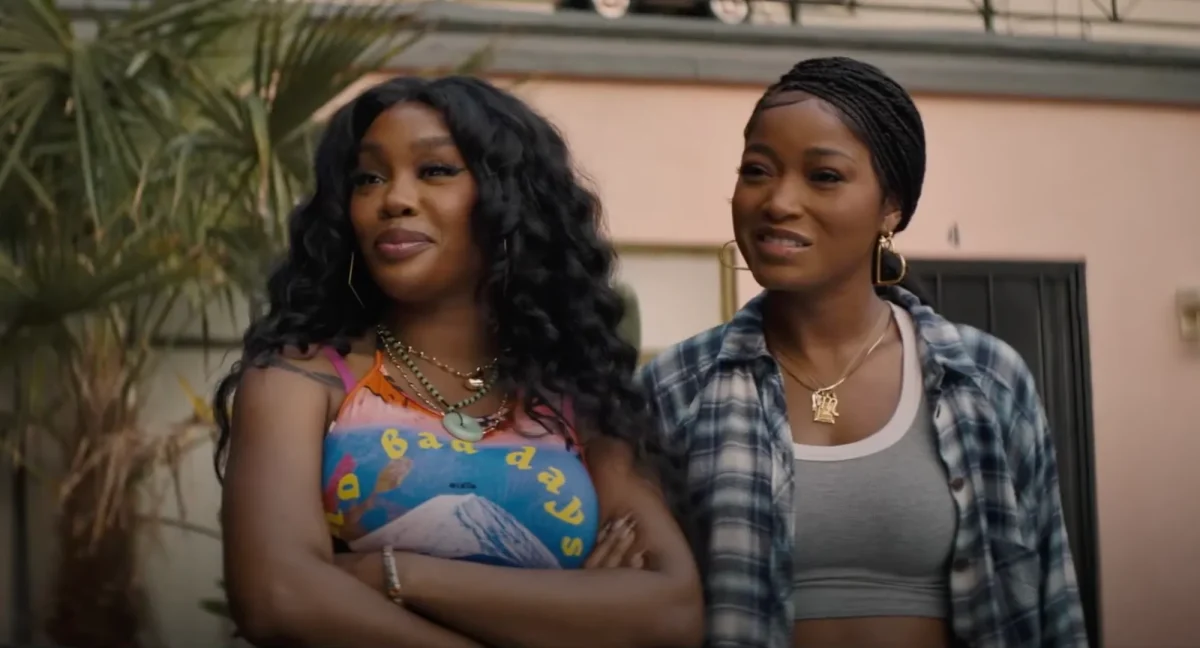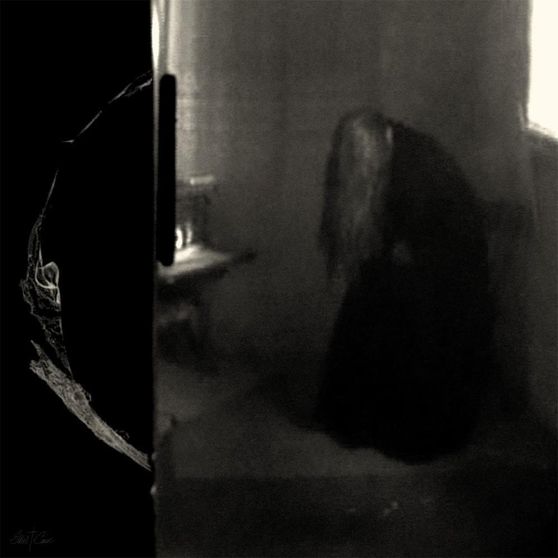On Jan. 25, Netflix released its new limited series “Griselda” starring unrecognizable Sofia Vergara in a recounting of drug lord Griselda Blanco’s life. The show is already gaining high praise for its screenplay and Vergara’s amazing performance.
The show follows Blanco through her trials, tribulations and successes as a Colombian cocaine seller in Miami. She is a highly prolific criminal, and her story has captivated many audiences even before the release of the new series.
Vergara undergoes an extreme transformation with prosthetics to become her Griselda character, and paired with her acting ability brings the story to life on the screens. Vergara emits the power and control Blanco had during her reign, while also showing the violent reality of selling drugs.
The costuming in the series plays into the humanization and empathy the series is trying to give Griselda Blanco. She’s not some dressed-in-all-black mob boss, and she’s also not a girly girl; she’s a mother of three, immigrant from Colombia who also happens to run a drug empire. The costumes aren’t flashy, but are true to who the character is. They dress Vergara in articles that are colorful, shiny and very fashion forward for the 70s. This enables the audience to have a rounded view of Griselda, and not just view her as a criminal.
There has been some discourse about the series in general, with talks of lawsuits for unauthorized use of likeness in the near future for both Vergara and Netflix, but I don’t really see the point. The series was made to show the truer, human story of this glorified drug lord in which many stereotypes come into play. The writers and Vergara were able to create an empathetic narrative while also showcasing the facts of Blanco’s reign in Miami. She was sometimes violent, she was selling drugs, but she is also just another human trying to make a living.
I thoroughly enjoyed my watch of the limited series. The mix of Spanish and English used in the series immerses the watcher into the acting and allows for Vergara’s acting to shine through speaking in her mother tongue. The storyline was easy to follow, and due to the limited episodes, didn’t feel drawn out or dramatic — everything felt just right. The cinematography deserves praise as well. The shifty angles and shadows used show Griselda’s full character, her power and her fears, giving her a full story.
Overall, I’d highly recommend giving “Griselda” a watch. If you’re interested in crime series, this is right up your alley and you will not be disappointed. I think everyone involved created a beautiful representation of Griselda Blanco, and everyone should take a chance to learn more about this secretive drug ring in the 1970s.
“Griselda”: ★★★★☆










